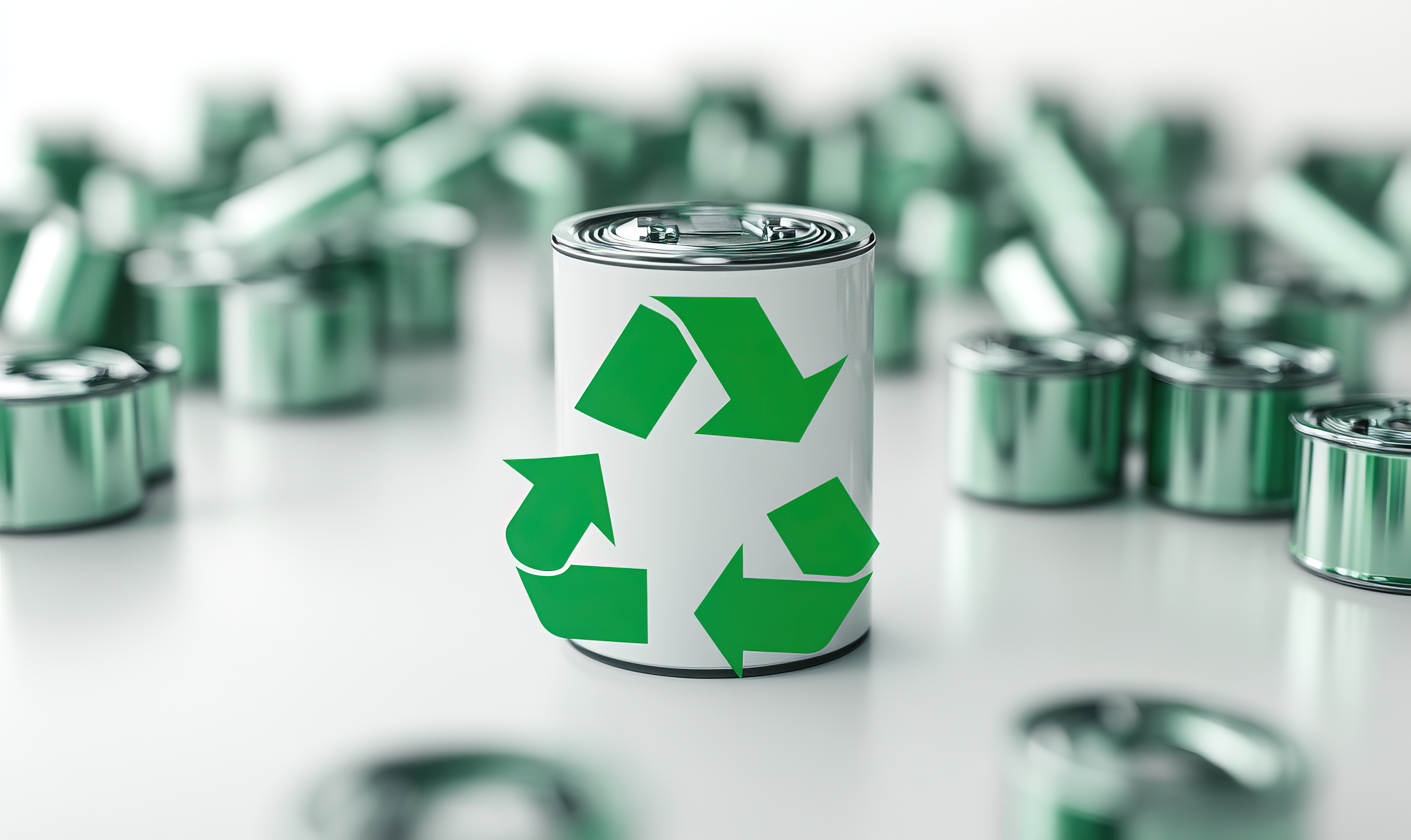
Cell's aging life is a comprehensive technical indicator that determines the time or number of cycles a cell can undergo to degrade to a specified threshold under specific conditions.
Battery cell aging is mainly divided into two basic types: cycle aging and calendar aging.
Cyclic aging: This refers to the number of complete charge-discharge cycles a battery undergoes during repeated charge-discharge use, gradually reducing its capacity to approximately 80% of its initial capacity. Different types of lithium batteries have different cycle lives. Its core mechanisms include the loss of active lithium and active materials. Active lithium loss primarily stems from the continuous growth and repair of the SEI film on the negative electrode surface, a process that irreversibly consumes lithium ions in the electrolyte. Furthermore, under adverse conditions such as low temperature and high-rate charging, lithium ions may precipitate metallic lithium on the negative electrode surface, forming irreversible "dead lithium." Active material loss refers to the failure of the active materials of the positive and negative electrodes due to structural damage or loss of electrical contact.
Calendar aging: This refers to the time required for a battery to reach the end of its lifespan, even when it is left unused (open circuit). This is a time-driven, slow degradation process influenced by environmental conditions (especially temperature). Essentially, it involves continuous, weak side reactions within the battery, such as the extremely slow thickening of the SEI film, consuming a small amount of active lithium; slight decomposition of the electrolyte; and slow reactions at the interface between the positive electrode material and the electrolyte. High temperatures can significantly accelerate these side reactions.
The aging rate of battery cells is not constant; it is significantly affected by various external stresses.
Temperature: This is the most important environmental factor. High temperatures drastically accelerate SEI film growth, electrolyte decomposition, and all other side reactions, shortening battery life. However, low temperatures (especially during charging) increase the risk of lithium plating, also causing irreversible capacity decay.
Charge/Discharge Rate: Excessive charge/discharge current introduces multiple stresses. During charging, high current can cause lithium ions to deposit before they can embed into the graphite layer; during discharging, high current can impact the electrode material structure and potentially damage the SEI film, accelerating its repair and lithium consumption.
DOD and Stress Range: Frequent deep charge/discharge cycles (e.g., cycling between 0%-100% SOC) degrade the battery faster than shallow charge/discharge cycles (e.g., cycling between 40%-80%). Keeping the battery at full charge or high voltage for extended periods also accelerates material aging and electrolyte decomposition.
The mechanistic differences between NMC/NCA batteries and LFP batteries directly lead to differences in their actual performance:
Cycle life differences: LFP batteries, due to their robust and stable cathode materials, typically have a longer cycle life (over 2000 cycles), making them more suitable for scenarios requiring frequent charge-discharge cycles and long-term use. NMC/NCA batteries have a relatively shorter cycle life (approximately 500-1500 cycles), but their energy density is higher.
Aging performance differences: NMC/NCA battery aging often manifests as significant simultaneous capacity decay and increased internal resistance, because the destruction of the cathode structure reduces both the number of lithium ions and increases the resistance to lithium ion migration. LFP battery aging initially manifests as slow capacity decay due to its stable cathode structure; later, the increase in internal resistance may become significant, mainly due to the thickening of the SEI film on the anode.
Usage strategy differences: For NMC/NCA batteries: Avoid storing fully charged, especially at high ambient temperatures. For daily use, it is recommended to set the charging limit to 80%-90% to reduce stress on the cathode material. For LFP batteries: Although relatively less sensitive to full charge, prolonged storage at full charge should still be avoided, especially in high-temperature environments.





